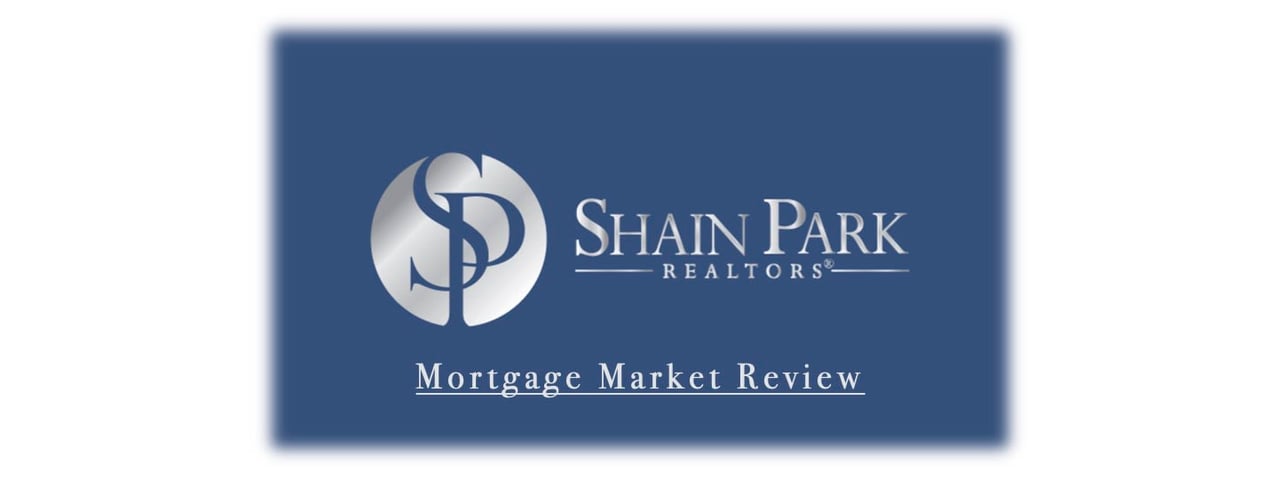Hoping everyone had a great holiday weekend. We are now here at the cusp of summer, it's a good time to daydream about what's to come. The year began with investors hoping for as many as six cuts in short-term rates by the Fed this year, but those hopes were dashed by a spate of higher-than-hoped inflation readings. Now, at most, financial markets are hoping there is still space and time for at least two small trims in the federal funds rate and were encouraged by an April core CPI reading that showed a smaller increase in prices than was expected.
Memorial Day now behind us, it is at least the unofficial start of summer. Historically speaking, the "spring homebuying season" should be running at about its strongest point of the year right about now, but conditions this year are damping activity considerably.
With mortgage rates high, inventories of homes to buy thin and prices again approaching record highs, there's little reason to expect any sort of significant acceleration in sales of existing homes. The National Association of Realtors reported that April sales of previously owned homes declined by 1.9% compared to March, easing to a 4.14 million annual rate. Softer sales came despite an actual improvement in the availability of at least some homes, as the NAR noted that the number of homes for sale increased 9% from March and 16.3% from one year ago, and that there is about a 3.5-month supply at the current rate of sale.
However, prices of homes that did sell during April carried a price tag that was 5.7% higher than the same month last year. Typically, the "peak price" month each year comes in May or June, and the current $407,600 median price is less than 2% below the all-time June 2022 record. It seems a virtual certainty that a new existing home-price record will be set this year even with a muted level of sales.
Looking over the last five years, the Principal and Interest payment for a median-priced home has nearly doubled, rising by 99.1% over that period. The monthly carry cost for an existing home has closed the gap on one needed to own a brand-new home.
In most places, new construction isn't a direct substitute for existing houses, as most large-scale building takes place a greater distance from center cities and suburbs. Sales of new homes are also trundling along a gentle path, and for April sales declined by 4.7% compared to March, managing just a 634,000 annualized rate. The decline for April also came off a downward revision to March sales, now estimated to be just 665,000 (from an initial 693K estimate). Unlike the existing home market, where supplies are tight and prices escalating toward record highs again, there are 9.1 months of supply of new homes available at the present rate of sale, and the $433,500 cost for a median-priced new home is down slightly from March (although up 3.9% from a year ago). Still, it is well below the $460,300 peak of October 2022.
Over the last five years, the P&I payment for a new home has risen by 88.4%. Five years ago, the P&I payment for an new home would have cost a borrower 12.4% more; however, with existing home costs closing the gap over that time, a new home carries only a 6.35% higher monthly P&I payment. That's not to claim either is especially affordable, but that the jump from a tight, expensive existing home market to more favorable conditions in the new home market is relatively small at the moment. Purchasing a new home may be a more viable option for at least some potential homebuyers this spring.
Applications for mortgage credit suggest more sluggishness, at least in the purchase market. The Mortgage Bankers Association reported a 1.9% increase in requests for mortgage credit in the week ending May 17, but those for funds to purchase homes declined by 1.2%. Surprisingly, applications to refinance existing mortgages climbed by 7.4%, a third consecutive increase. Mortgage rates have moved very little over the last few weeks, but some homeowners no longer want to wait to tap equity.
After a few weeks with a downward bias, it looks as though interest rates have stopped falling and reversed course slightly. The market holiday on Monday and few significant economic reports out early in the week, there's a good chance that conforming 30-year fixed mortgage rates hold steady or perhaps increase by a just couple of basis points by the time Freddie Mac reports on Thursday. After that, the April PCE report on Friday will dictate whether June begins with a decline or an increase.




